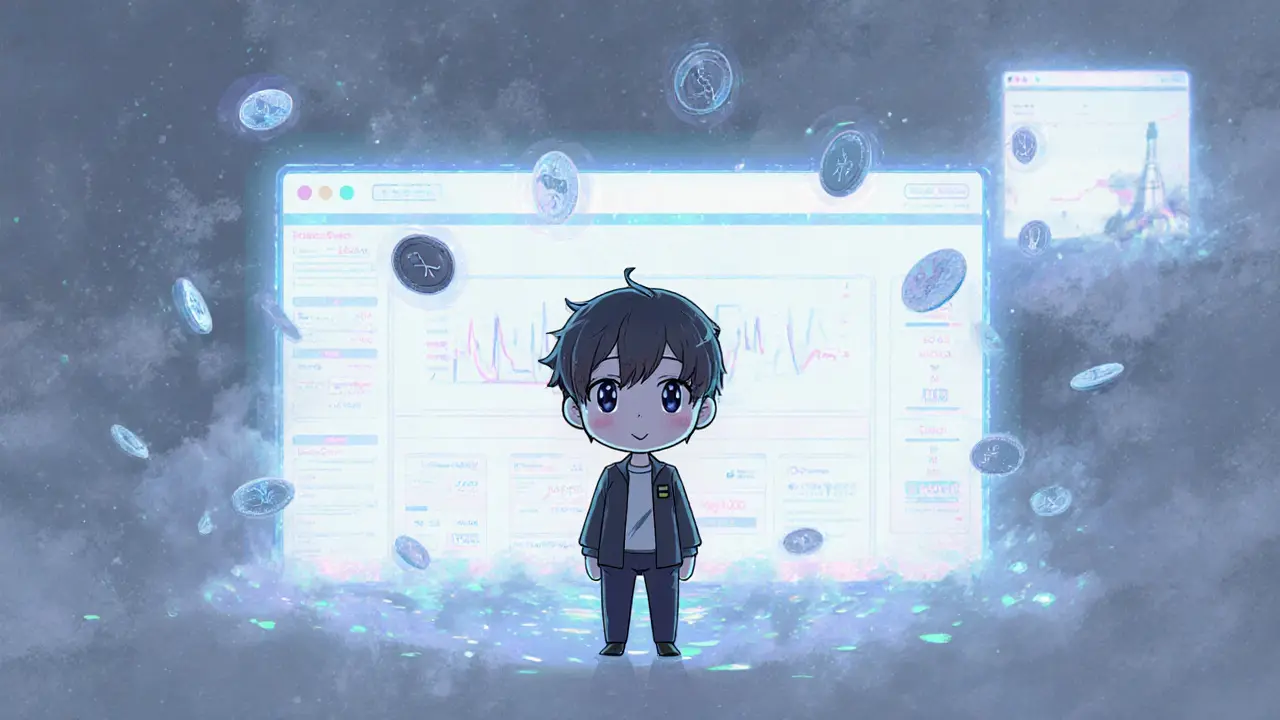Ultron Swap: What It Is, How It Works, and Why It Matters in DeFi
When you hear Ultron Swap, a decentralized exchange built for low-liquidity tokens on emerging blockchains. Also known as Ultron DEX, it’s one of those platforms that pops up quietly but attracts traders looking for alternatives to big-name DEXes like Uniswap or PancakeSwap. Unlike most swaps that focus on major coins, Ultron Swap targets obscure tokens—those with tiny market caps, no exchange listings, and barely any trading volume. It’s not for everyone, but if you’re hunting for early-stage projects or trying to exit a low-liquidity position, it might be one of the few places you can actually trade.
Ultron Swap doesn’t rely on big user bases or high trading volume to function. Instead, it uses automated market makers (AMMs) with custom liquidity pools, often funded by a handful of early adopters. That’s why you’ll see wild price swings—even a $500 trade can move the price 20%. This makes it risky, but also potentially rewarding if you’re timing it right. It’s closely tied to decentralized finance, a system of financial tools built on blockchain without banks or middlemen, and shares traits with other niche DEXes like DueDEX or Wagmi (zkSync Era), where transparency is low and rewards are high-risk.
The real question isn’t whether Ultron Swap is safe—it’s whether you’re prepared for what comes with it. You won’t find KYC, customer support, or official audits. What you get is direct access to tokens that aren’t listed anywhere else. That’s why people use it: not because it’s polished, but because it’s one of the few options left. It connects to crypto liquidity, the ease with which a token can be bought or sold without affecting its price in a way that mirrors how P2P platforms work in restricted countries—both fill gaps left by mainstream systems.
Behind Ultron Swap is a pattern you’ll see across the posts here: tokens with no team, no roadmap, and no clear utility, but still traded because someone, somewhere, believes they’ll go up. That’s the same energy driving ArbiDex Token, Darkpino, and even Lucidum Coin. Ultron Swap doesn’t create these tokens—it just gives them a place to move. And in a market full of dead projects, that’s enough for some traders to keep coming back.
If you’re wondering whether Ultron Swap is worth your time, the answer depends on your goals. Are you trying to dump a token nobody else will touch? Are you speculating on the next micro-cap gem? Or are you just curious how these obscure platforms survive? The posts below dig into exactly that—what these swaps really do, who’s using them, and whether they’re a loophole or a trap. You’ll find real cases, real risks, and no fluff.
